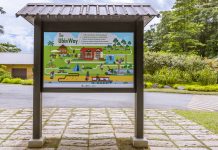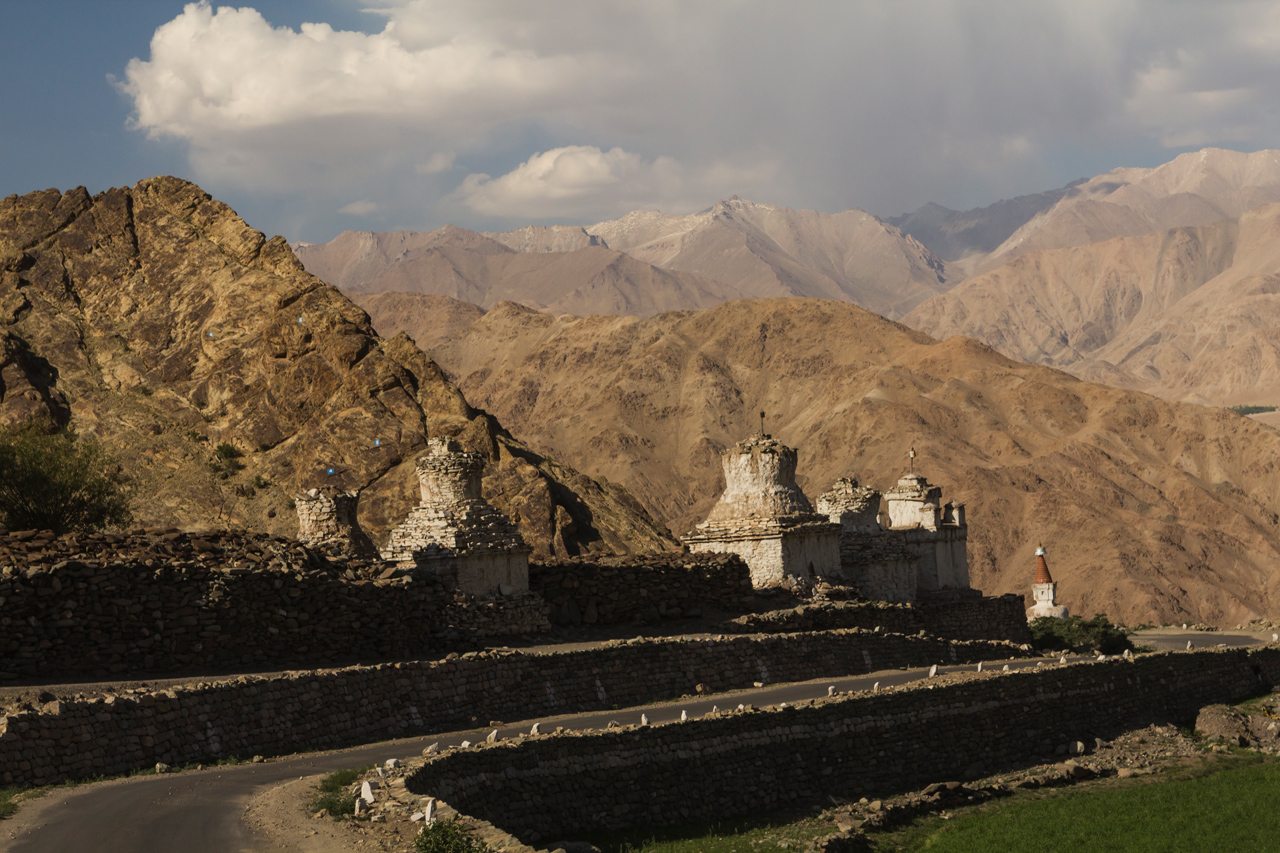Our Planet’s Landmarks Series #44
UNESCO Heritage Site Ayutthaya Thailand
A place of heritage, cultural and historical importance. A brilliant amalgamation of Hinduism and Buddhism. Ayutthaya seldom finds a place in any normal Thailand itinerary. What with Pattaya, Phuket, Chiang Mai, Krabi, Phi Phi and more available here.
During one of the many Bangkok trips, I visited Ayutthaya. My enquiries revealed it was around 85km from Bangkok. A drive of 90 minutes or fewer.

Ayutthaya – Ruled by 33 Kings
Ensconced in the valley of the Chao Phraya River, King U Thong founded it in 1350. He proclaimed it the capital of Ayutthaya kingdom or Siam. The second after Sukhothai. The ruins of prang (reliquary towers) and gigantic monasteries reveal its past splendour. By 1600 CE, about 300,000 people lived here. The number went up to 1,000,000 by 1700 CE. Enough, for it to become one of the world’s largest cities.
Phra Nakhon Si Ayutthaya is its complete name. It served as the Siamese (Thailand) capital for over 400 years. And during these years, 33 different kings ruled it!

Ayutthaya Etiology
The birthplace of Lord Rama in the Ramayana, the city of Ayodhya in India lends it its name. Based on the Hindu epic Ramayana, Ramakien (Glory of Rama) is Thailand’s national epic. The word finds its origin in Sanskrit. RamaKhyan (Rama + Akhyan). Akhyan means a long story or epic.
The main story is identical to the Ramayana. But bear a local context. The clothes, weapons, topography, and elements of nature – all described as being Thai in style.

Ayutthaya History
Ayutthaya has an upheaval-ridden history. The 16th, 17th, and 18th centuries saw Burma attacking the Siamese territory repeatedly. The first such attack came from the Toungoo dynasty in 1548. It failed.
The Burmese led the second attack in 1564. They forced King Maha Chakkraphat to surrender and took the Ayutthaya royal family to Pegu. And anointed the King’s eldest son the custodian.

In 1568, the return of Maha Chakkraphat led his son to revolt against the Burmese regime. A third Burmese attack ensued in 1569. Ayutthaya was recaptured. And Burmese aggressor made Maha Thammarachathirat custodian king.
After Bayinnaung’s death in 1581, Maha Thammarachathirat proclaimed Ayutthaya’s independence in 1584. Subsequently, the Siamese fought-off repeated Burmese attacks (1584–1593).

Game, Set, and Match, Burma
In the mid-17th century, during King Narai’s reign, Ayutthaya became very prosperous.
By 1700, merchants from diverse regions started landing here. The merchants from Europe proclaimed Ayutthaya as the finest city they had seen. Dutch and French maps of the city show grandeur. Such as Gold-laden Palaces, large ceremonies and a huge float of trading vessels.

But, in the 18th century, Ayutthaya lost control over its provinces. Revolts against the capital ensued. Ayutthaya was again caught in wars with the Burmese. While one such invasion failed, the second ransacked Ayutthaya. This glorious kingdom ended in April 1767. The Burmese burnt it down to the ground bringing the eminence of Ayutthaya to a sudden end.

Ayutthaya Today
Ayutthaya today is a historical park. What remains of this former capital tells a tale of glory and gore. While there, spare a thought for the fact it is a site of mass murder, rape, and enslavement of Siamese people.

Given its historical significance, UNESCO inscribed it on its prestigious list of World Heritage Sites in 1991. Even today, many a towering temple is intact here. Ostensibly, these temples are dedicated to Lord Rama of the Siamese epic Ramakien.
During your visit, the omnipresence of Buddha statues in these temples of the Hindu God (Lord Rama) will fascinate you. It results from the present-day Buddhist influence here.
Looking for super deals on hotels in Thailand? Click HERE for the best price for you.

Ayutthaya Attractions
Spread over 289 hectares, Ayutthaya Historical Park is on an island surrounded by 3 rivers. This interesting phenomenon makes it water abundant and scenic
Ayutthaya was laid out according to a systematic and rigid planning grid. Comprising roads, canals, and moats around all the principal structures, the town planning took the most advantage of its position amid three rivers. It had a hydraulic system for water management which was technologically advanced and unique in the world.

Here, the must-sees include the three pagodas of Wat Phra Si Sanphet. These pagodas house the remains of three Siamese kings. And another key attraction is the remains of the old capital, or what is left after the Burmese invasion (Burma, now Myanmar).
If you are a heritage hunter, you will enjoy the sites and stories of Ayutthaya, Thailand. The scale and precision of planning are likely to take your breath away. And you will end up agreeing it is our planet’s landmark!





















[…] Visiting Ayutthaya can never cease to amaze you. Do not forget to put UNESCO Heritage site Ayutthaya in your travel itinerary. Check out here. […]